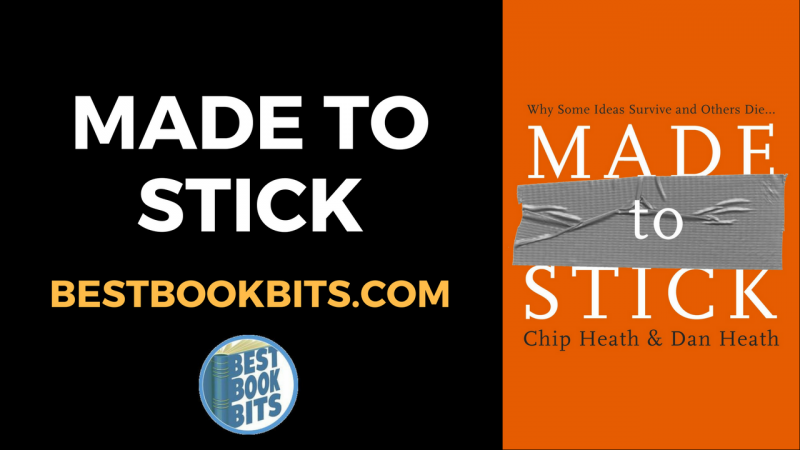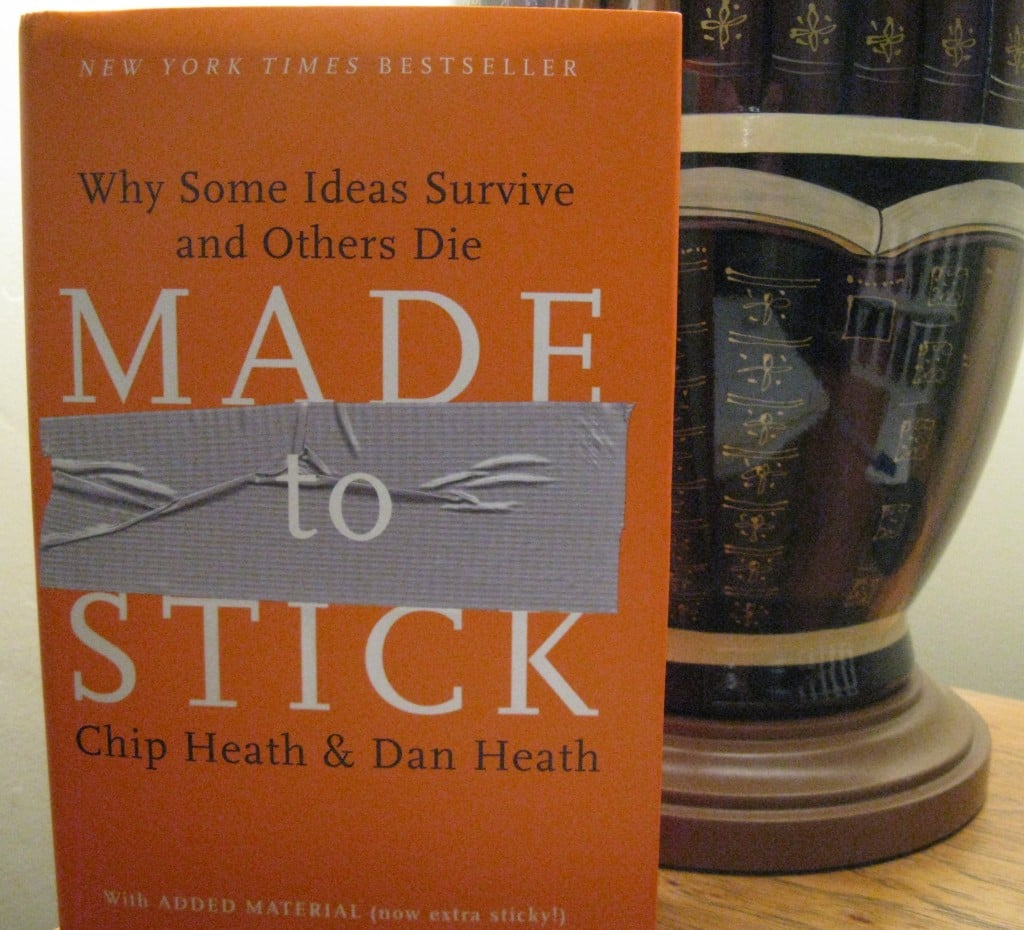

What makes such stories memorable and ensures their spread around the globe? The authors credit six key principles: simplicity, unexpectedness, concreteness, credibility, emotions and stories. They start by relating the gruesome urban legend about a man who succumbs to a barroom flirtation only to wake up in a tub of ice, victim of an organ-harvesting ring.

Drawing extensively on psychosocial studies on memory, emotion and motivation, their study is couched in terms of 'stickiness' - that is, the art of making ideas unforgettable.

Unabashedly inspired by Malcolm Gladwell's bestselling The Tipping Point, the brothers Heath - ≌hip a professor at Stanford's business school, Dan a teacher and textbook publisher - offer an entertaining, practical guide to effective communication. What Sticks is an example of evidence-based management at its finest, as it draws on the best knowledge that behavioral scientists have generated and then goes the difficult extra step of showing all of us how to apply it. The campaign was so effective that the state abandoned other expensive anti-littering campaigns, and five years into the “Don't Mess With Texas” campaign, roadside litter had decreased 72%.Īnd it isn't just that the Heath brothers tell such great stories, they show how you - as a manager, a marketer, an organizational change agent, or a politician - can craft new messages, and evaluate and alter your current messages to have the greatest impact. The Heath brothers show us how, while warm and cuddly appeals to stop litter had failed in Texas, this simple, unexpected, concrete, credible, and emotional message – which had a toughness that appealed to conservative rednecks, not just liberal tree-huggers – quickly became a favorite bumper sticker, was known and could be recalled by 73% of Texans just a few months after the campaign was launched, and roadside litter declined in Texas declined nearly 30% within a year. One of my favorites is their analysis of the success of the “Don't Mess with Texas” anti-littering campaign. The book focuses squarely on using this research to help you design your own messages that will stick and affect what people actually do. I love how the Heath brothers dissect false stories and myths, (like “you only use 10% of your brain”) to show what kinds ideas spread and persist, and what kinds don't. This is one of the most important business books ever written.


 0 kommentar(er)
0 kommentar(er)
